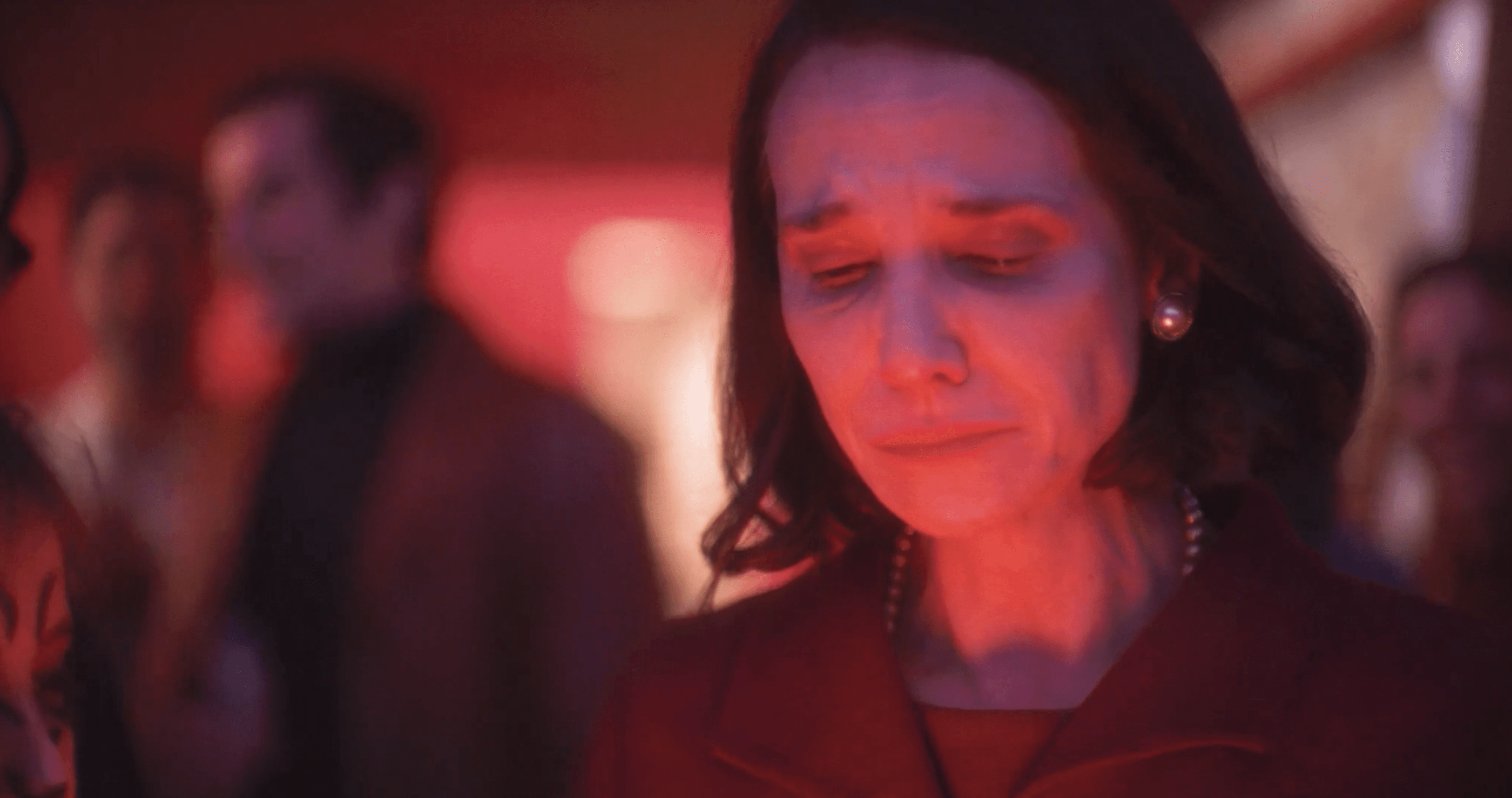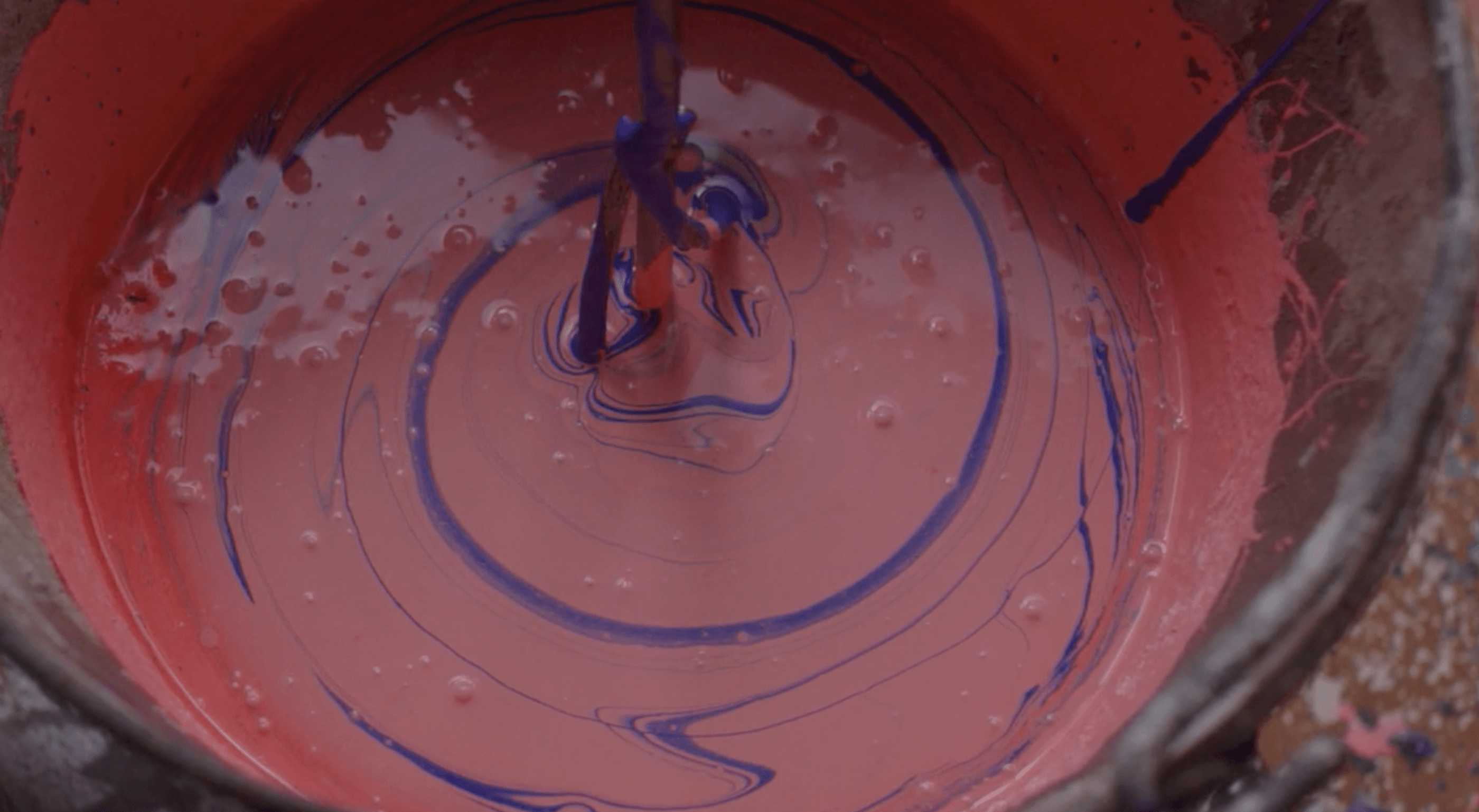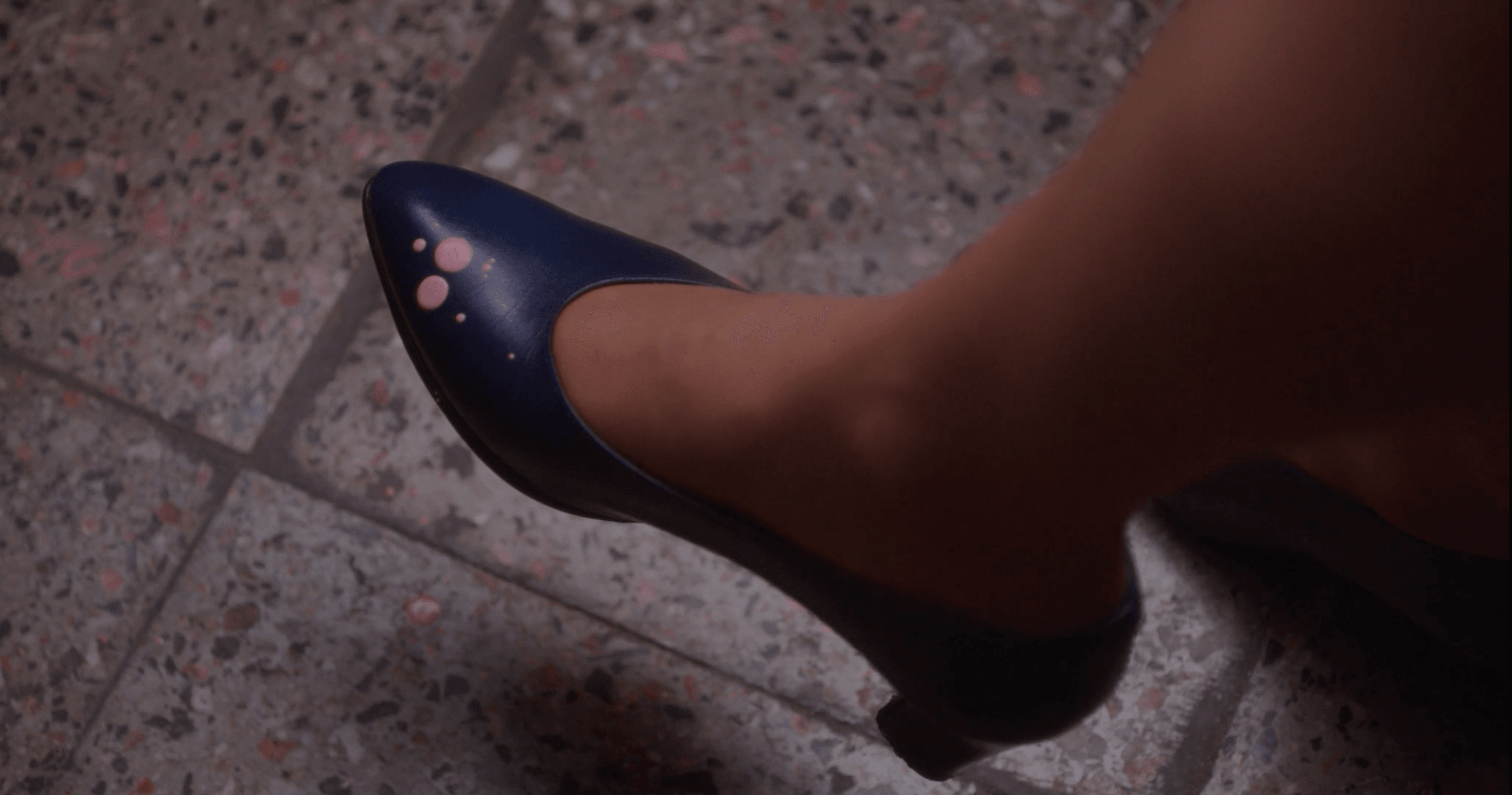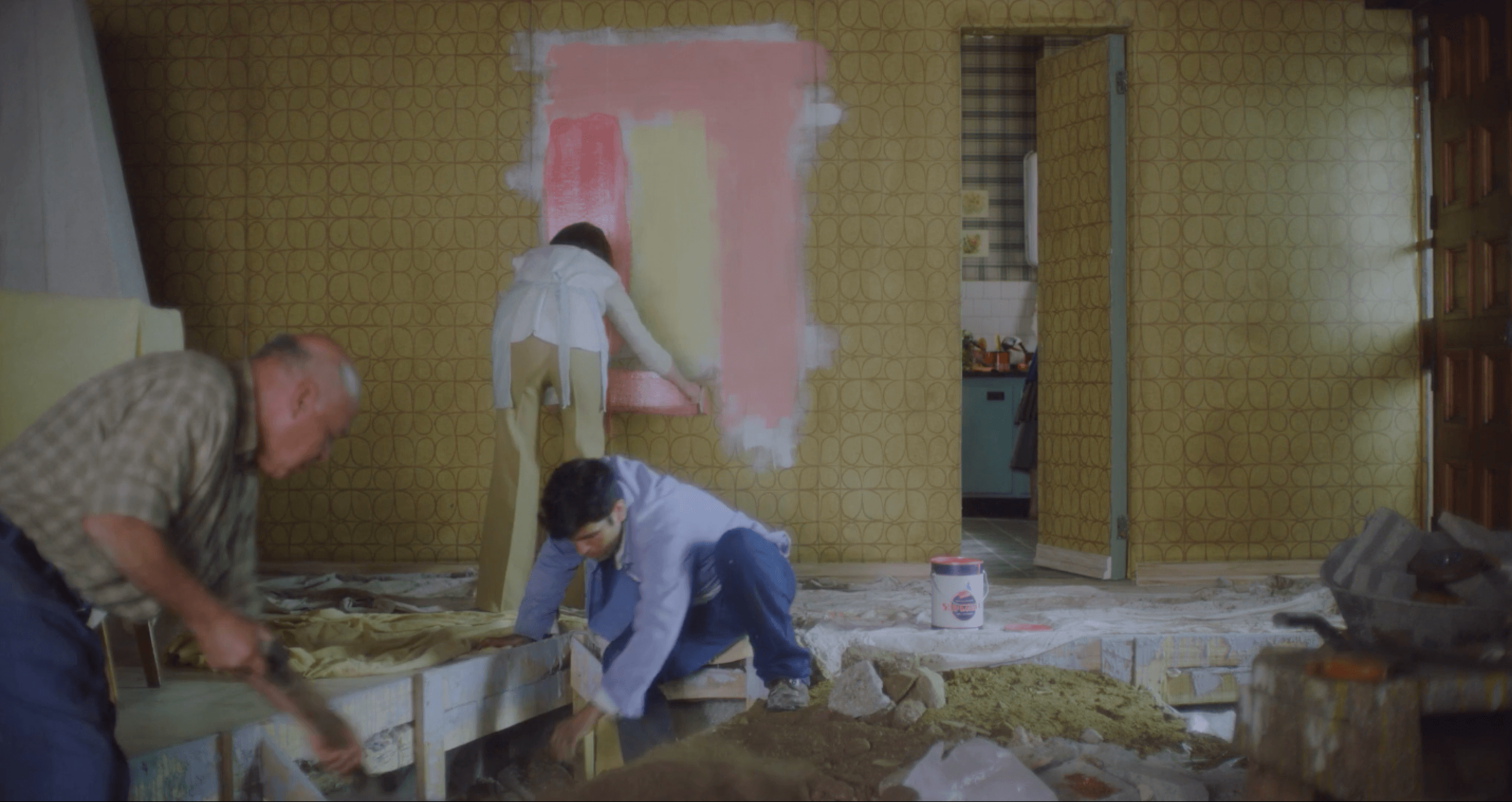Manuela Martelli's first feature film, 1976, was presented at Cannes' Directors Fortnight in 2022. We designed and rendered the title sequence and credit screens for the film entirely in code using a custom design tool created with our Open Source framework Mechanic.
The movie is set in Chile in 1976 where Carmen heads off to her beach house. When the family priest asks her to take care of a young man he is sheltering in secret, Carmen steps onto unexplored territories, away from the quiet life she is used to. In a central scene in the movie, we see Carmen choosing a new color for the walls in her house, a color representing her rose-colored view of society. However, as the story progresses, she starts getting a more realistic, darker, view of the society she lives in, and this became the main source of inspiration for the design of the title sequence.












The type is set in David Jonathan Ross’ interpretation of the mid-century classic Forma. Its neutral shapes and tight spacing create a visual reminiscence to the era of the movie—the peak of photo typesetting and the international style in commercial graphic design.
A tight letter spacing is used to reflect the main characters inner state of mind as she gradually starts realizing the claustrophobic reality of a society suffering from a violent dictatorship. This is further emphasized by gradually decreasing the letter spacing in the opening and closing sequences.

Typography inspired by the commercial visual culture of the 1970s
The titles were created using a custom web-based design tool created with Mechanic. Once we finished the initial sketching in Figma, all animation and rendering were done in code with the design tool, which helped us make quick adjustments, tweak final color combinations, and control the shapes and behaviors down to the frame.
The design tool was used to preview and generate the code-based animation.
The entire text of the sequences is stored in JSON files, which made changes to the text as easy as editing a text file. Compared to a workflow based on After Effects, this setup saves significant time when adjusting the credits, and the accompanying design tool can be used directly to easily export new versions of the sequences in 4k resolution.
There are rich opportunities for automating design assets that are normally done by hand, and this project proved to be an interesting foray into the world of film making.
